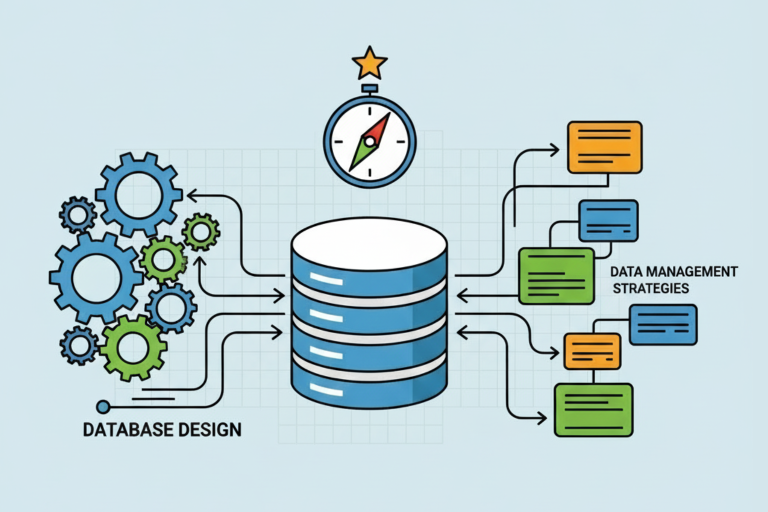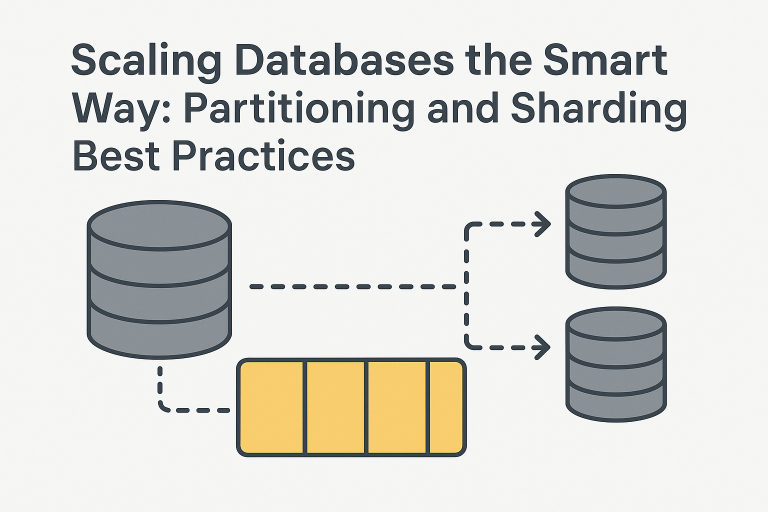
As a matter of fact, a combined effort by the IT professionals and business leaders can not only help the companies to save money but will also prepare them for the return of growth. Since the economic downturn, many organisations are looking for every opportunity to cut costs. It is an important part of total spending with around 5% or more in some industries. This is because of the direct contributions to profits and revenue. The revenue is often very difficult to assess for the IT business. Today, everyone is ready to squeeze their budget for cost-effectiveness. However, finding substantial savings is not that easy. Most of the businesses have already spent years in reducing costs in procurement, operations and outside services. Among the other services, they have consolidated help desk and data centres, virtualize servers instead of buying the new ones. They have rationalised the procurement processes, outsourced services and postponed upgrades to lessen the expensive offshore costs.
The Complexities of IT Market
The IT architecture of an organisation is a formal description of its business operations. From the processes to functions, business databases, applications which support them and the equipment and services which run the applications are all included in the IT architecture. If you talk about the idea of structure in detail, there are six layers in it. In the major cases, organisations codify it in a blue book which details the workings of the six layers along with their roles and responsibilities, processes for managing the whole system. The document is something which also provides a road map and rules to guide the additions and upgrades.
Not just users, Google too!
Like users, Google too loves the website that works with bolstering speed. Because it understands that the page load time is the key for the better user experience and hence, they rank websites higher that have a faster load time compared to the rest. So, if your page load time is slow, then Google and your competitors will be bypassing you soon. Research has further confirmed that mobile users do not wait more than 3 seconds for a page to load or content to appear. Here are some interesting stats:
Mapping the IT architecture
Most organisations have an IT architecture but only a few know how to control it. Instead, it is something which grows organically and the outcome is often proliferating, duplicating its systems and inconsistent data along with makeshift integration. To make the matters worse, at most large organisations even with the divisions, many IT professionals and initiatives are driven by the short term business wants and needs as compared to any long-term blueprint.This operational reality is evident for the software applications and the business processes it supports. The search type of software is basically designed and deployed to suit the needs of one business unit division, with relatively little regard for the impact of it on the whole organization for the overall IT architecture.
Integrated Architectural Approach to Reduce Costs and Complexity
Today the major economic crisis has invented a unique opportunity to make order of magnitude reductions in the IT layers and costs and upgrading the professional IT architecture. What is needed is a precisely defined IT blueprint with white guidelines from the organization for the efficient and appropriate systems, processes and applications.
With the help of this development, organizations will be able to create a standardized and consistent infrastructure to minimize the unnecessary complexity costs and duplication in the system. This is why the chief executive officers must communicate with the cross company team of its leaders and business units for an architectural review and transformation. There’s a faced joined approach
which focuses on the layers of cost reduction levers and it also helps in revealing and realizing substantial savings as far as the norms and guidelines are concerned for the IT initiatives. In fact, many organizations who take up the student can also create more flexible and efficient IT architecture which will help the staff in thriving greater heights.
Moreover, to create an efficient IT architecture, the chief executive officers and business leaders must evaluate the business processes and requirements that underlie the existing architecture and then further explore other efficient alternatives without even a high degree of collaboration. The right starting point of initiative is the high level business where the IT task force provides cross organizational governance along with accountability.
The main objective of the team is to review the existing architecture and create an important baseline for the new transformation in order to define the process engineering that systems and projects comply with as per the desired architecture. This is helpful in identifying short term long term and midcap opportunities for cost savings and improvements. If you really want to minimise disruption and maximize all the benefits, there’s a three-phase approach which begins with easier changes and then works gradually towards the substantial once.
Three Phased Approach
Three faced approach is basically initiated for the IT transformation and minimizing costs and disruption to the business. It includes the following phases
Phase 1 Immediate Cleanup
In this foremost phase, the team of professionals need to identify a few rapid wins via cost reductions which will help in building up momentum for larger initiatives. There are three levers who are the most important at this point
• Rationalize software licenses
• Get rid of the non compliant projects
• Decommission never used applications
Phase 2 Reduction in Complexity
The second phase focuses on making the whole IT architecture less intricate. All you need to do is reverse the ad-hoc expansion of the applications, customized systems and processes for enforcing a complete reference to the desired architecture. For this, organisations can use the number of levers during this phase such as
• Enforcing out-of-the-box solutions
• Encouraging reuse of resources
• Consolidating data basis and developing an integrated data model
• Standardization of technology
• Production in interface complexity
• Consolidating the systems to do similar things
Phase 3 Business Innovation
In most of the times, organisations consider completely reinventing or transforming themselves. In this case, it plays a major role in implementing big changes. The third most ambitious space of architectural transformation is about making board changes in the organisation. The company’s must look beyond the downturn and must consider changing their IT infrastructure in more radical ways to drive support and strategic innovation towards the fundamentally new areas of growth. Under this, twp levers are relevant
• Assessment of alternate operational models
• Shaping the future for cost effectiveness
With a clear mandate from the top management, business leaders and IT professionals on the core business objectives, you can easily cut down the cost and gain a reformed architecture. With the three phases given above, IT is exerting more control over the critical functions like human resources, finance and sales.






